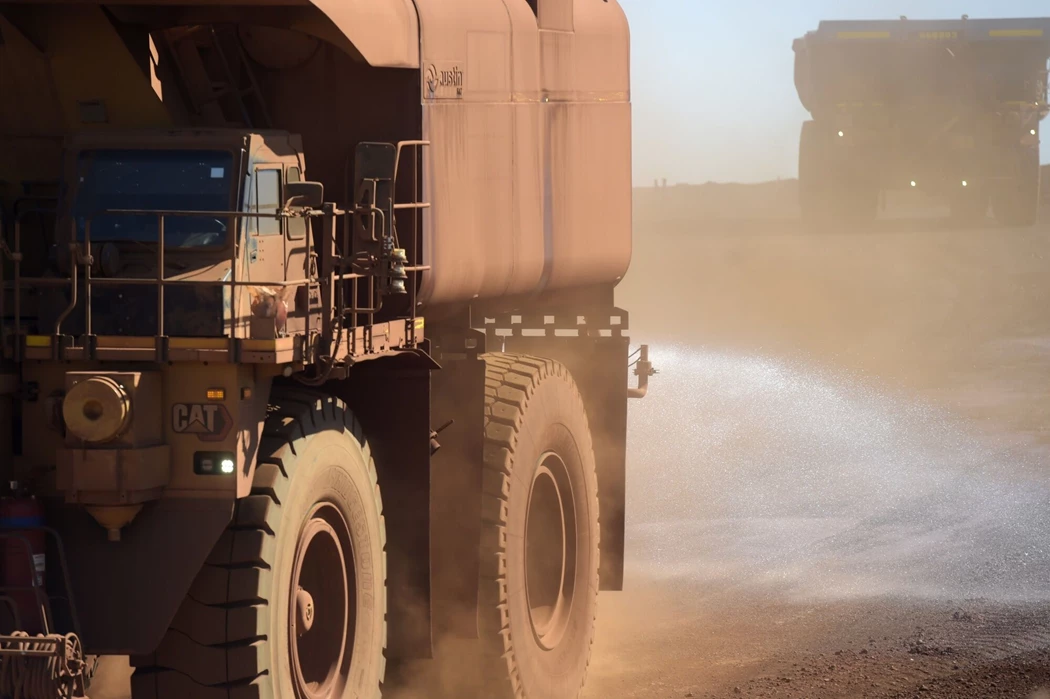Uranium Miners Say Australia to Miss Out on Boom in Nuclear Fuel
(Bloomberg) -- Uranium explorers are calling on Australian state governments to lift bans on mining the fuel, which is set for a long-term jump in demand as decarbonization spurs a nuclear energy revival.
Australia boasts nearly a third of known uranium ore deposits worldwide, but only two of the nation’s eight states and territories — South Australia and Northern Territory — allow the mining of it. There are currently only two operating projects, both in South Australia, with environmental and safety concerns dissuading other states from embracing the industry.
The dearth of activity comes after uranium prices more than tripled this decade in anticipation of a surge in consumption for the fuel that’s the major ingredient in nuclear power plants. Major economies including the US, Japan and France were among 22 nations that pledged late last year to triple nuclear energy capacity by 2050.
Uranium will be a key talking point at the annual Diggers & Dealers conference that started Monday in Kalgoorlie. The gathering attracts hundreds of resources executives and financiers to the Outback town in Western Australia, which banned mining of the fuel in 2017, while exempting four previously approved projects yet to reach production.
“The bans in some states like Western Australia, which is known for its mining history, is nonsensical and leave the nation at risk of missing out on soaring global demand,” said Jonathan Fisher, chief executive officer of Cauldron Energy Ltd., a Sydney-listed explorer for the fuel. “The time is now to remove these bans — there’s a real economic cost to not doing it,” he said in an interview before the conference.
Australia’s role as a uranium producer has been limited by environmental concerns. While the Chernobyl and Fukashima disasters linger in the global memory, toxic leaks from the Ranger project in the Northern Territory, operated by Rio Tinto Ltd., are still being cleaned up more than a decade later.
The country’s two operating uranium mines — BHP Group Ltd’s Olympic Dam project, where uranium is a byproduct of the copper operations, and the Boss Energy Ltd.-operated Honeywell — produce around 9% of the world’s disclosed output.
Mining approvals are decided on at the state level in Australia, but the federal government has so far not taken steps to encourage mining of the nuclear fuel, despite it pushing for Australia to step up production of critical minerals key to the energy transition.
Australia’s uranium industry plays an important role in global energy security and the net zero transition for like‑minded countries, said a spokesperson for Federal Resources Minister Madeleine King. Any decisions regarding the future of uranium mining regulation or prohibitions are primarily a matter for relevant state governments, the spokesperson said.
Still, the re-opening of the Honeywell mine last month — about a decade after it mothballed due to falling uranium prices — has boosted industry hopes for more project approvals. Uranium prices have dropped from a peak of around $106 a pound in early February, but are still above $80.
Those levels are unsustainable for rapid uranium exploration and mine creation and prices but are likely to go up again, said John Borshoff, chief executive officer of Deep Yellow Ltd., which is developing the Mulga Rock project in Western Australia. “Country after country has declared renewables aren’t going to achieve their targets and that nuclear will be a big component to reach net zero.”
©2024 Bloomberg L.P.





